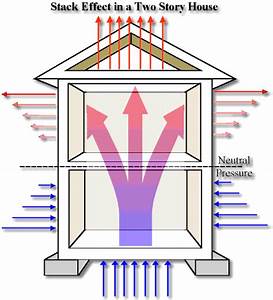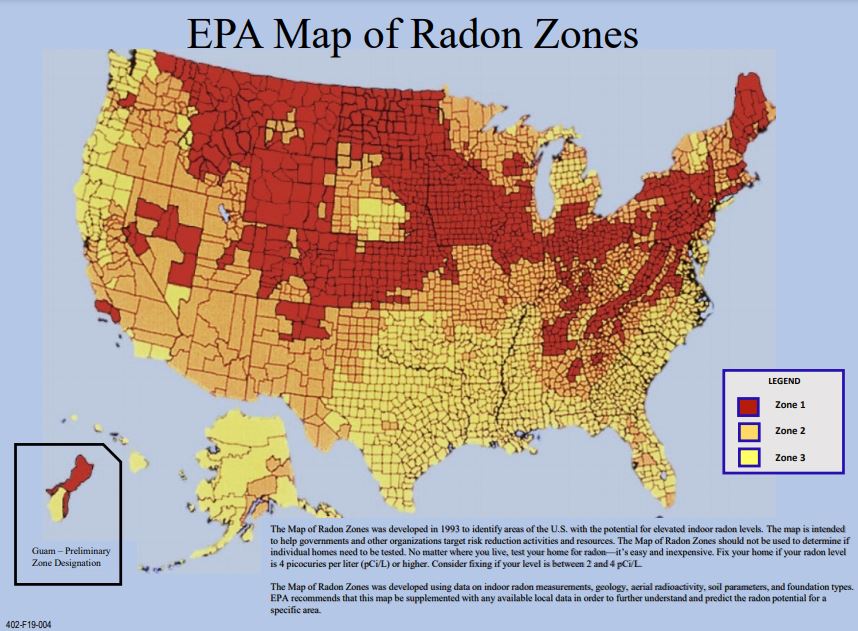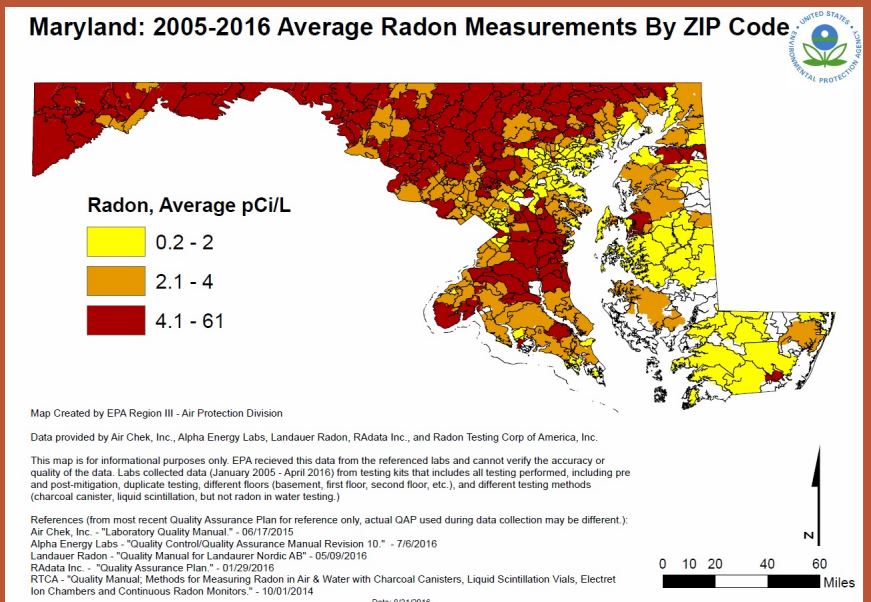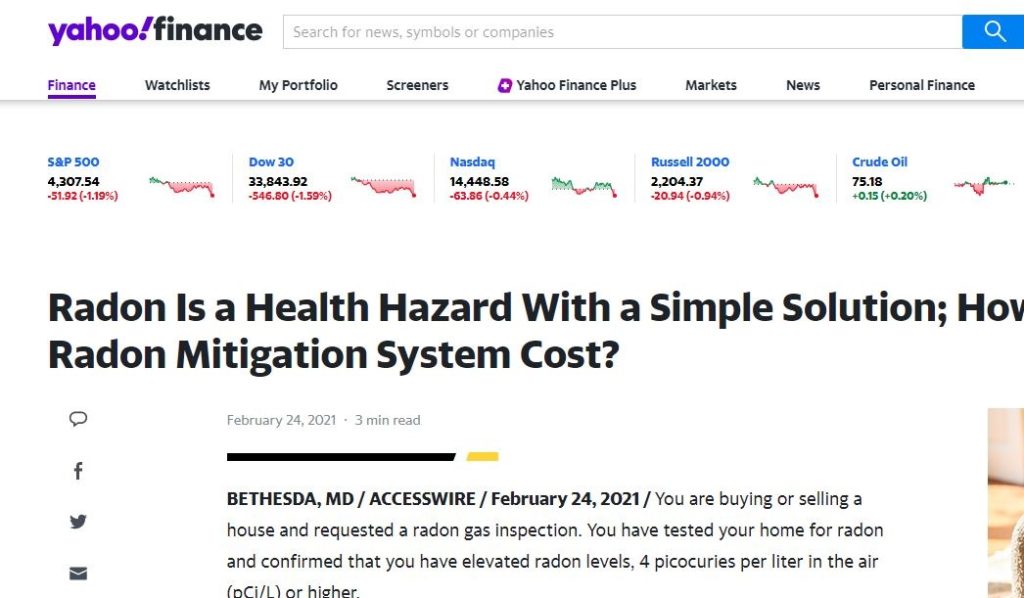Indoor radiation : what is Radon gas and how it affect me ?
Radioactive Radon gas is a cause of lung cancer
Radon is a health concern because it decays into other radioactive elements (radon decay products: Polonium-218, Polonium-214, Lead-214 ) that are solid particles. These particles can lodge in the lungs when inhaled and this radiation can damage the DNA inside the body’s cells. Bombardment of sensitive lung tissue by alfa radiation released from these lodged particles can increase the risk of lung cancer. Current EPA guidelines suggest that remedial action be considered when radon concentration inside a house exceeds an annual average of 4 pCi/L. According to estimates based on screening measurements, 12% of U.S. houses may have radon concentrations exceeding this guideline.
Sources of Radon. Radon is an inert radioactive gas that is odorless and colorless gas. Radon -222 gas is resulting from the decay of radium-226. Since radium is naturally present at trace concentration in most soil and rock, radon is continuously being released in the ground almost everywhere, and also dissolving in underground water.
Radon is a health hazard with a simple solution. You can’t see or smell radon. Testing is the only way to know your level of exposure. Fix. Save a Life.
Radon is a gaseous radioactive element having the symbol Rn, the atomic number 86, an atomic weight of 222, a melting point of -71ºC, a boiling point of -62ºC; Radon is an extremely toxic, colorless gas; it can be condensed to a transparent liquid and to an opaque, glowing solid. It derives from the radioactive decay of radium.
Sources: Condensed Chemical Dictionary, and Handbook of Chemistry and Physics, 69th ed., CRC Press, Boca Raton, FL, 1988.
Which Radon Zone Do You Live In?
How radon gets into buildings:
- Cracks in solid floors
- Construction joints
- Cracks in walls
- Gaps in suspended floors
- Gaps around service pipes
- Cavities inside walls
- Well water supply
How Air Pressure Affects Radon Entry?
The air pressure inside houses is often slightly lower than in the surrounding air and soil. The difference in pressure causes the building to act as a vacuum so that the soil gas flows into the house as a result of the pressure difference. Also, negative pressure is becoming greater house due to exhaust fans which are removing air from the building, and when warm air rises and escapes through the roof. It is called the stack effect in the house.













